Blue'sThreeBestComplementaryColorSchemesforCreativityandHarmony
- 人生
- 2025-03-06 06:38:32
- 2584
In the vast palette of colors, blue stands out not only for its calming effect but also as a versatile color that can be paired with various hues to create dynamic and harmonious visual compositions. When considering three best complementary color methods involving blue, we explore not just the basics of color theory but also delve into practical applications that can inspire creativity in design and decor.
Understanding the Basics
Blue is one of the primary colors and has several shades, including light, medium, and deep blues. Each shade can evoke different emotions and moods; for example, lighter blues can symbolize tranquility or vastness, while darker shades might convey depth or even sadness. When it comes to choosing complementary colors with blue, understanding color theory is crucial.
Complementary colors are those located directly opposite each other on the color wheel. For instance, red and green, yellow and purple, and so forth. When these pairs are combined, they can create a high-contrast effect that draws attention effectively. However, in practice, designers often opt for analogous or split-complementary schemes to achieve more balanced results.
Complementary Color Scheme
The complementary color scheme involving blue is one of the most straightforward yet effective ways to enhance visual interest and harmony. This method involves pairing blue with its direct opposite on the color wheel, which could be red, orange, yellow, green, etc., depending on the exact shade of blue used. The choice largely depends on achieving a balance that complements or contrasts effectively.
# Example 1: Blue and Red
A classic example is using light blue (such as sky blue) with a vibrant red. This combination works well for creating lively and energetic spaces like a children's room, where the contrasting colors can make the environment more engaging and fun. The high contrast between these two hues not only makes the space visually appealing but also encourages interaction.
# Example 2: Blue and Green
Another popular choice is pairing light blue with shades of green, such as teal or aquamarine. This combination can be seen in many natural settings where both colors are prevalent, creating a serene and refreshing atmosphere. It’s commonly used in nature-themed interiors, such as living rooms decorated with plants or outdoor views.
# Example 3: Blue and Yellow
A more adventurous choice is combining various shades of blue with yellow tones. This could range from light lemon yellow to richer mustard hues. Such combinations can add a playful and cheerful touch to spaces like kitchens or dining areas. The warmth of the yellows contrasts well with cool blues, creating an inviting and lively environment.
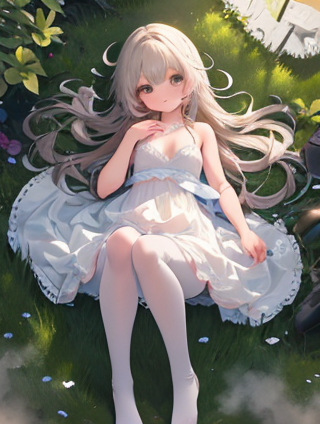
Analogous Color Scheme
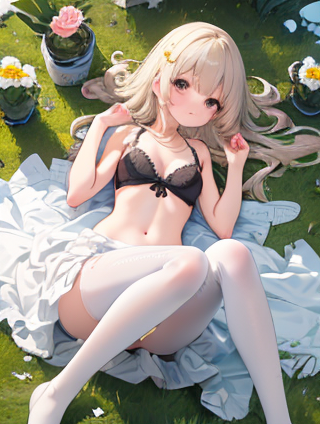
An analogous color scheme involves using colors that are adjacent to each other on the color wheel. For blue, this would include shades such as green, teal, and navy. This method creates a more cohesive and harmonious look compared to complementary schemes but still offers sufficient contrast to keep the space interesting.
# Example 1: Blue and Green
Using various shades of blues and greens together can create a calming and relaxing atmosphere suitable for bedrooms or home offices. The softness of the greens pairs well with the cool tones of blue, offering a balanced yet visually appealing environment.
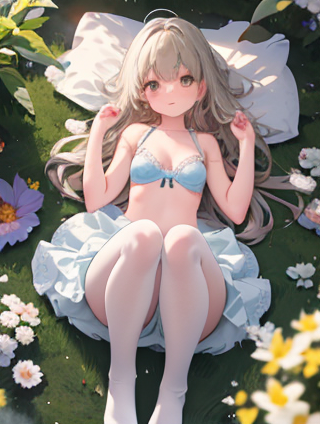
# Example 2: Blue and Teal
Teal is another shade often used in conjunction with blue. It has elements of both green and blue, making it versatile for various design applications. This combination works particularly well in modern settings where clean lines and subtle contrast are desired.
Split-Complementary Color Scheme
A split-complementary scheme involves using a base color (blue) with two colors on either side of its complement on the color wheel. For example, if blue is used as the main color, shades of orange or red-orange could be paired with it to create a visually interesting yet balanced look.
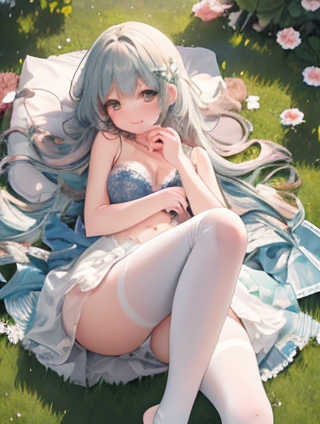
# Example 1: Blue and Orange
A split-complementary scheme using blue and orange can add warmth and vibrancy to spaces like living rooms or kitchens. The contrast between cool blues and warm oranges creates an inviting atmosphere that is both lively and relaxing.
# Example 2: Blue and Red-Orange
Pairing blue with red-orange can create a strong, bold look suitable for accent walls or statement pieces in your home decor. This combination works well in settings where you want to make a bold statement without overwhelming the space.

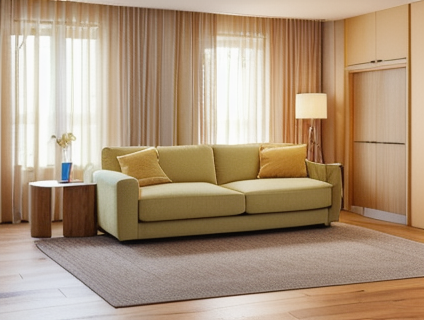
Practical Applications
The principles of color theory extend far beyond theoretical concepts; they have practical applications that can significantly impact design outcomes. Here are some practical examples:
# Web Design
In web design, using blue and its complementary or analogous colors can help create engaging user interfaces (UI). For instance, a light blue navigation bar with orange call-to-action buttons can draw attention effectively while maintaining harmony.
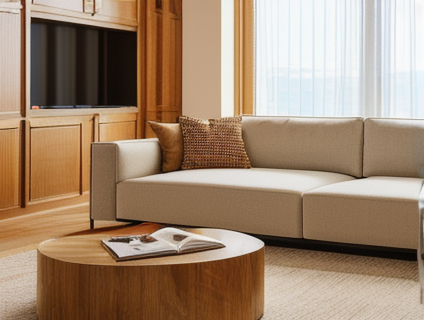
# Interior Design
For interior decorators, choosing blue as the primary color allows for creative exploration of different complementary schemes. A living room could feature deep navy blue walls complemented by vibrant red accents in throw pillows or curtains, creating a dynamic yet cohesive look.
# Graphic Design
Graphic designers often use blue and its variations to create logos, branding materials, and visual content. For example, incorporating lighter blues with darker shades can enhance the legibility of text while adding depth to images.
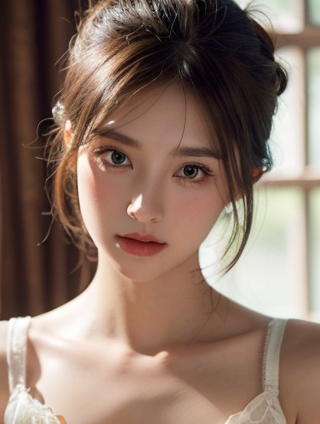
Conclusion
Choosing between complementary, analogous, or split-complementary color schemes for blue depends on your design goals and personal preferences. Each scheme offers unique benefits in terms of visual impact, emotional resonance, and practical applications. By understanding these principles, you can create spaces that are not only aesthetically pleasing but also functional and inspiring.
In conclusion, the best way to use blue is to experiment with different color schemes and see what works best for your specific project or personal taste. Whether it's a high-contrast complementary scheme, a harmonious analogous approach, or an adventurous split-complementary design, the possibilities are endless when you let creativity guide your choices.